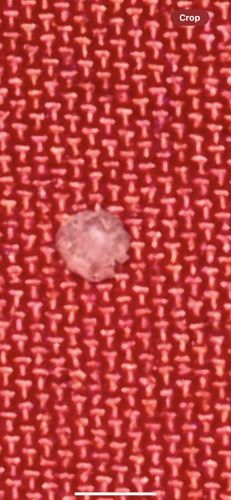Case-bearing Clothes Moth
Scientific Name: Tinea pellionella
Order & Family: Lepidoptera, Tineidae
Size: Larvae can reach up to 12 mm in length. Adult moths have a wingspan of approximately 9-16 mm.

Natural Habitat
Indoors, specifically in dark, undisturbed areas where natural fibers are stored. This includes closets, attics, storage chests, and under furniture. They thrive in moderate temperatures and humidity.
Diet & Feeding
Larvae feed on natural fibers such as wool, silk, fur, feathers, and other animal products like hair or felt. They are known to cause damage to clothing, carpets, upholstered furniture, and museum specimens.
Behavior Patterns
Case-bearing clothes moth larvae are typically found constructing and living within a silken case, which they enlarge as they grow. This case is covered with particles of the material they are feeding on, making it camouflaged. They are slow-moving and prefer dark, undisturbed areas. Adults are not strong flyers and are often seen crawling or making short flights.
Risks & Benefits
Potential risks include significant damage to textiles and other natural fiber products, leading to economic loss. They do not pose direct health risks to humans. There are no notable benefits to the ecosystem from their indoor presence.
Identified on: 8/30/2025